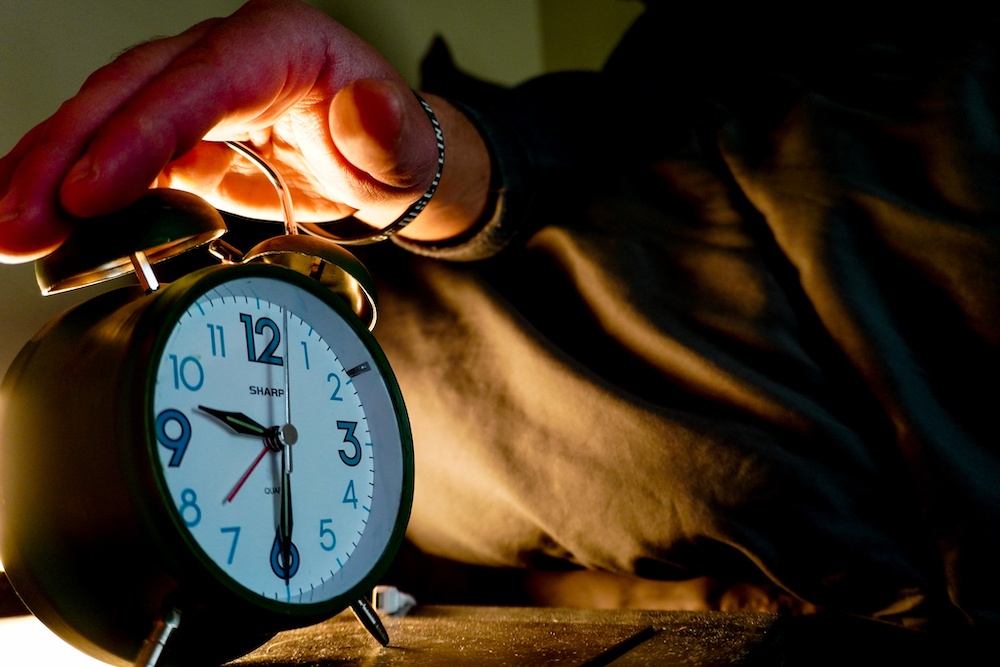Permanent daylight saving time, experts say means more losses than benefits
The U.S. Senate passed a bill in March to make daylight saving time permanent. The bill awaits a vote in the House and a final decision by President Joe Biden. If passed, it would take effect in November 2023.
But daylight saving time impacts more than grogginess in the weeks following “springing forward” an hour.
One professor in the Huntsman School of Business at Utah State University, William Shughart, said intended energy saving has decreased as advances in heating and air conditioning technology have increased energy consumption during the early morning and evening hours.
Arguments for permanent daylight saving time made by Steve Calandrillo, a law professor at the University of Washington, said there would be decreased crime rates, increased retail sales, energy savings and fewer traffic fatalities.
Calandrillo explained crime most often takes place in the darker hours and rates decrease when daylight hours are increased. Traffic fatalities have been shown to decrease in the evenings because some of the busiest times on the road happen in daylight during daylight saving time.
Permanent daylight saving time has been tried in the past.
Former President Richard Nixon passed the Emergency Daylight Saving Time Energy Conservation Act on Jan. 6, 1974, which began daylight saving time earlier.
According to J.D. Mullane, a journalist for Burlington County Times, within a few days, pedestrian fatalities rose, especially among school children walking to school in the early morning. Energy savings decreased when schools had to run more heating and lights in the darker mornings.
Mullane said nationwide public disapproval and school boards advocating for public safety and children’s health were significant players in repealing permanent daylight saving time.
Shughart said he has yet to see a proven argument for increased retail sales as a result of daylight saving time.
“Everybody else bears the cost in terms of health and economic losses,” Shughart said.
He said the opportunity cost of switching our clocks to daylight saving time calculates to $2 billion each year.
“As far as I can tell, there are no benefits to daylight saving time,” Shughart said. “Other than if you own a golf course, install swimming pools, sell charcoal briquettes, grills or natural gas. But nobody else benefits.”
Negative impacts on health have been one of the most used arguments against permanent daylight saving time.
Switching to daylight saving time decreases the amount of sleep by an hour. The Sleep Foundation said the circadian rhythm — the biological regulation of sleep patterns responding to the natural light and dark — is disrupted and misaligned by the change to daylight saving time.
According to PBS News Hour, daylight saving time has national health impacts such as increased heart disease, negatively impacted brain functionality, decreased productivity, increased strokes, sleep deprivation among children and adolescents and increased cancer rates.
USU Extension assistant professor of health and wellness, Ashley Yaugher, said maintaining circadian rhythm is extremely important to mental and physical health.
She said mental health decreases in response to daylight saving time and depression and anxiety increase, especially among young adults, adolescents or those already experiencing it.
Yaughter explained maintaining a healthy sleep schedule is important for those already dealing with depression and anxiety during daylight saving time.
“I think it would make sense, logically, to have a permanent switch,” Yaugher said. “Probably more logically to standard time. With the mental health and physical health benefits that it provides.”
Yaugher advises college students to prioritize a healthy sleep schedule, especially during daylight saving time. She said planning ahead of time and gradually adjusting your sleep schedule will help your body adjust to the change of daylight saving time.
“That sleep is so important for memory consolidation and learning,” Yaugher said. “Particularly for college students. That’s going to be your number one key to success is getting a healthy amount of sleep.”
—
-Maya.Mackinnon@usu.edu
Featured photo by: Phil Weber

